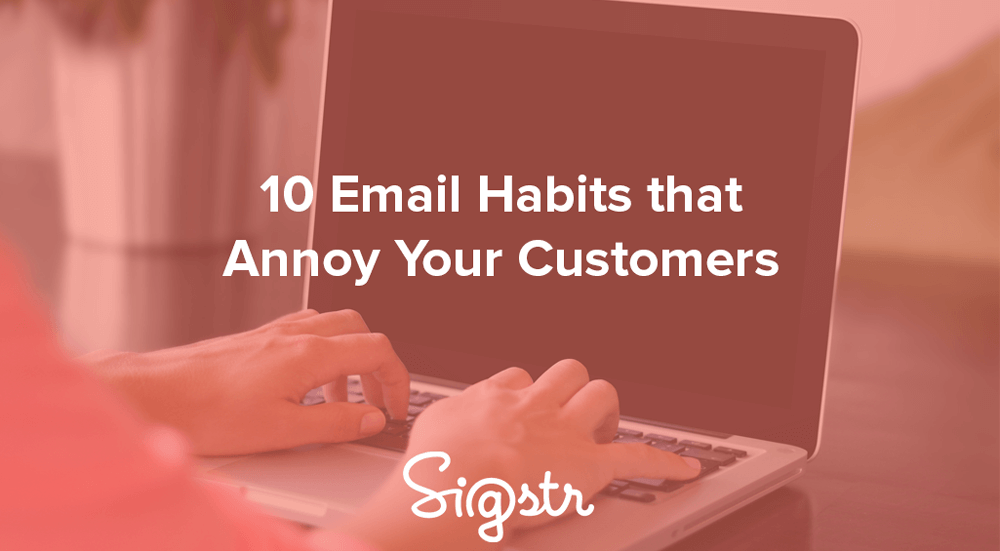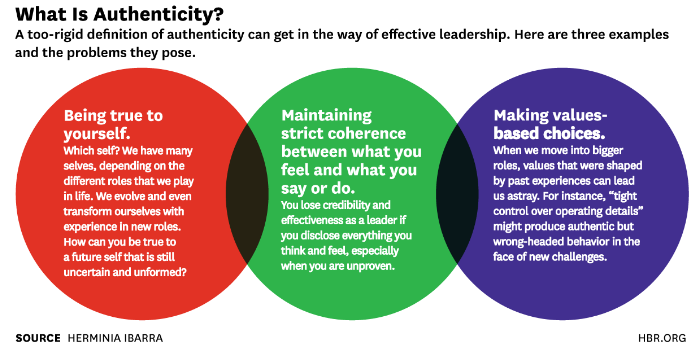You are viewing our site as a Broker, Switch Your View:
Agent | Broker Reset Filters to Default Back to List10 Email Habits that Annoy Your Clients
September 13 2016

Think about all the emails you receive every day. How often do you notice something that is so irritating that you can't even read on? What started out as a promising email exchange quickly spoiled, and the convo hit your Trash. It's bad email etiquette we experience daily, but have you ever thought that maybe, just maybe, you could be guilty of these email faux pas as well?
1. Blast the "eblast"
Gone are the days of a one-size-fits-all approach to email. Crafting just one message and blasting it off to your entire list every week, hoping it resonates with the multiple personalities you service just doesn't work. There are few things more annoying than receiving a batch email only to realize any prior communication with the company meant nothing – you're just a number on a spreadsheet.
The MarketingProfs post, "Six Email Habits That Are Alienating Your Customers," puts eblasts and the concept of "Batch-and-Blast" right at the top of the list of email etiquette practices that grate on our nerves. Here's why they hate it:
"...think about the impression you're making with customers who also have relationships with merchants that more fully understand their needs and desires. Customers who sense you don't care will delete, ignore, or unsubscribe, so focus on sending the right email at the right time for the right reason."
2. Short-sided segmentation
Today's technology allows us to get a closer look at our audience, which is so handy in the micro-fragmenting world in which we live. Contacts have been trained to expect to be grouped into simple segments (think your standard demographic charts). If you're not segmenting by age, gender, location and the like, it's really no wonder your open rates could...err...use improvement.
But that's just the tip of the segmentation iceberg. Group your audience by buying behaviors, use dynamic content, allow subscribers to let you know which topics pique their interest. Know your buyer personas, identify your ideal consumers as they stand as individual personas. Then break down your groups to drive a more relevant message. Relevance ramps up revenue.
3. Rambling about nothing
It's tough to take anyone seriously when they're rambling on and on when there's really no point to what they're saying. The best way to get, and keep, a client's attention is to get right down to business. And get there fast. Brevity and clarity matter now more than ever.
Take as long as you need to get to the point in your messaging, but take no longer. Ann Handley, the human-powered content engine who literally wrote the book on writing, said brevity isn't stripping your content down to its skivvies, but rather taking the time to tell the story without the fluff.
"The notion of brevity has more to do with cutting fat, bloat and things that indulge the writer and don't respect the reader's time," she said. "Keep it tight."
4. Dear <>
"Dear <>," isn't personalized content.
We're living in an era of low trust in society as a whole. Just 18 percent of consumers say they trust business leaders today. At its core, business is human. No business actually sells to another business; we sell to a person who happens to work at another business. Consumers want to do business with those they can relate to. They want to buy from people who have been in their shoes and have found the hidden key to success. They want to work with, and spend money on, companies that are honest, authentic and dependable.

5. No clear CTA
Make sure you have clear calls-to-action that are easy to see and simple to understand. Your customers shouldn't be left wondering what you want them to do or how they should do it. Basic email etiquette says every note should include a CTA, whether it's a simple reply back, a resource download or a link to watch your newest video. Clear CTAs can also lead to higher click-through rates and customer engagement.
6. Failure to fine-tune
Most email marketers spend about 80 percent of their days in the office creating campaigns, so it's easy see why monitoring and measuring often fall by the wayside. Consider this stat from MarketingProfs: Only 29 percent of marketers look at ROI metrics to evaluate email effectiveness, according to the DMA (UK), and one in five have limited to no skills in email testing. But without measuring and monitoring, you'll never truly understand what's the best email etiquette. Easy fixes include testing dynamic variables within your emails (subject lines, sign-offs, etc.) and tracking your deliverability, open and click-through rates. Just making these small changes can help your team make strategic decisions that show customers you truly understand what they want.
7. Crazy email add-ons
Picture this: After an email sign-off, but before the signature, you see a two-paragraph text block detailing the company background, mission and vision. Where do you focus? Nowhere – and the email hits the trash bin faster than Usain Bolt hit the pavement in Rio.
Don't be that guy.
Cut back on the frivolous definitions and unneeded text for maximum value. Add in a couple hyperlinks that take customers to your social pages or website to highlight your vision and mission.
8. Simple slipups
Just thinking about all the times I've had to send the dreaded, "Oops, attachment actually included," email makes me cringe. Little mistakes like this can add up over time and annoy your customers.
Pay attention to your subject line: 63 percent of people will delete or ignore an email after reading the subject line, according to the DMA.
Pick a friendly "From" or sender name so that your subscriber doesn't dismiss your email as spam. And please be sure to set aside time to catch typos – the fastest way for an email to be disregarded is a misspelling.
9. Irrelevant timing
You've honed your message, you've gotten into the mind of your buyer and you're ready to hit send. But when you deliver your message is just as important as what you're saying. So optimize it.
Triggered emails based on the information you already have on your buyer (Is it their birthday? Did they just buy something?) makes your timing more relevant and increases engagement. Use a Welcome Program to find out the inner-workings of your clientele and their email etiquette.
The Epsilon Email Marketing Research Center said triggered emails have an open rate of 46-53 percent and click-through rates that range between 9 and 11 percent. People listen, if they hear the right message at the right time.
10. Lack of contact information
This one should be a no-brainer, but we threw it on here to remind everyone how important this often-overlooked email aspect is. Your email signature not only tells the recipient who the email is from, but it can also help re-establish your relationship with your customers and promote your brand and messaging to your clients. At Sigstr, we recommend including social media handles as well so people can follow the latest news and updates – this can feel like a special personal touch, especially to customers.
This post comes to us from Sigstr via the Contactually blog.









